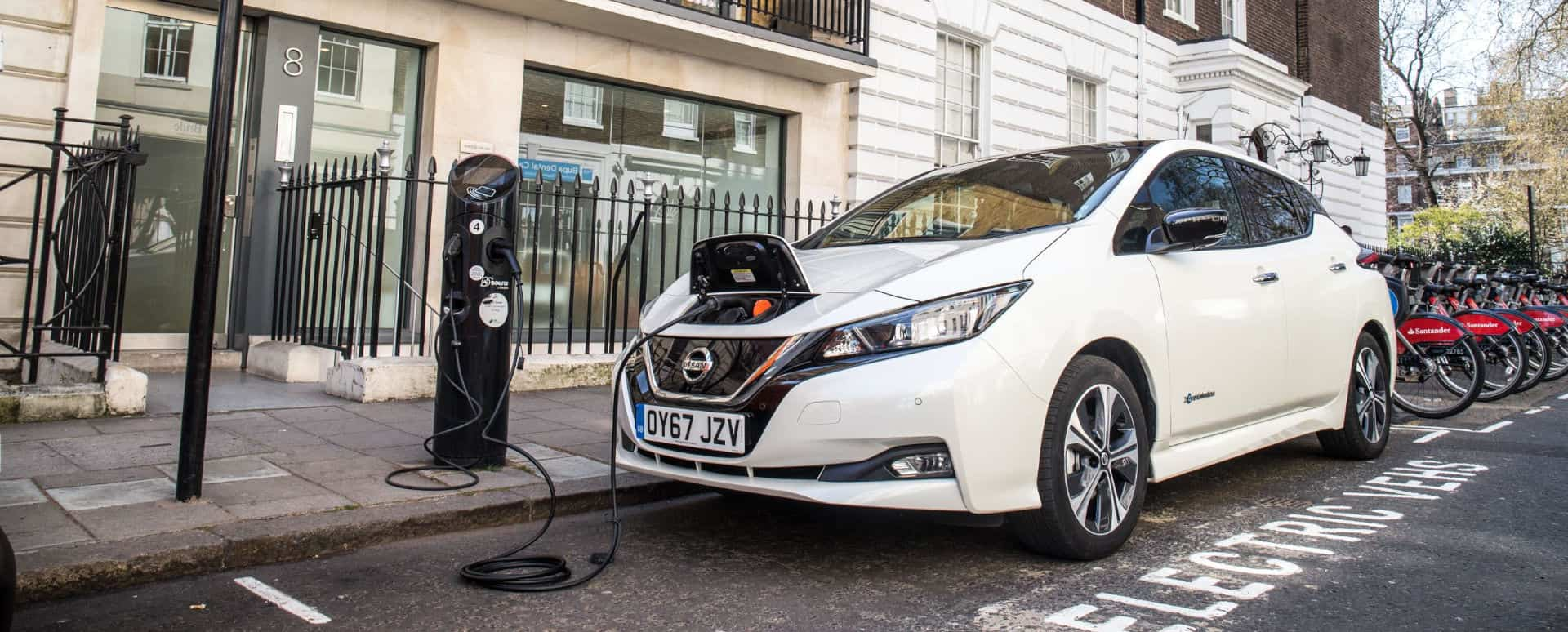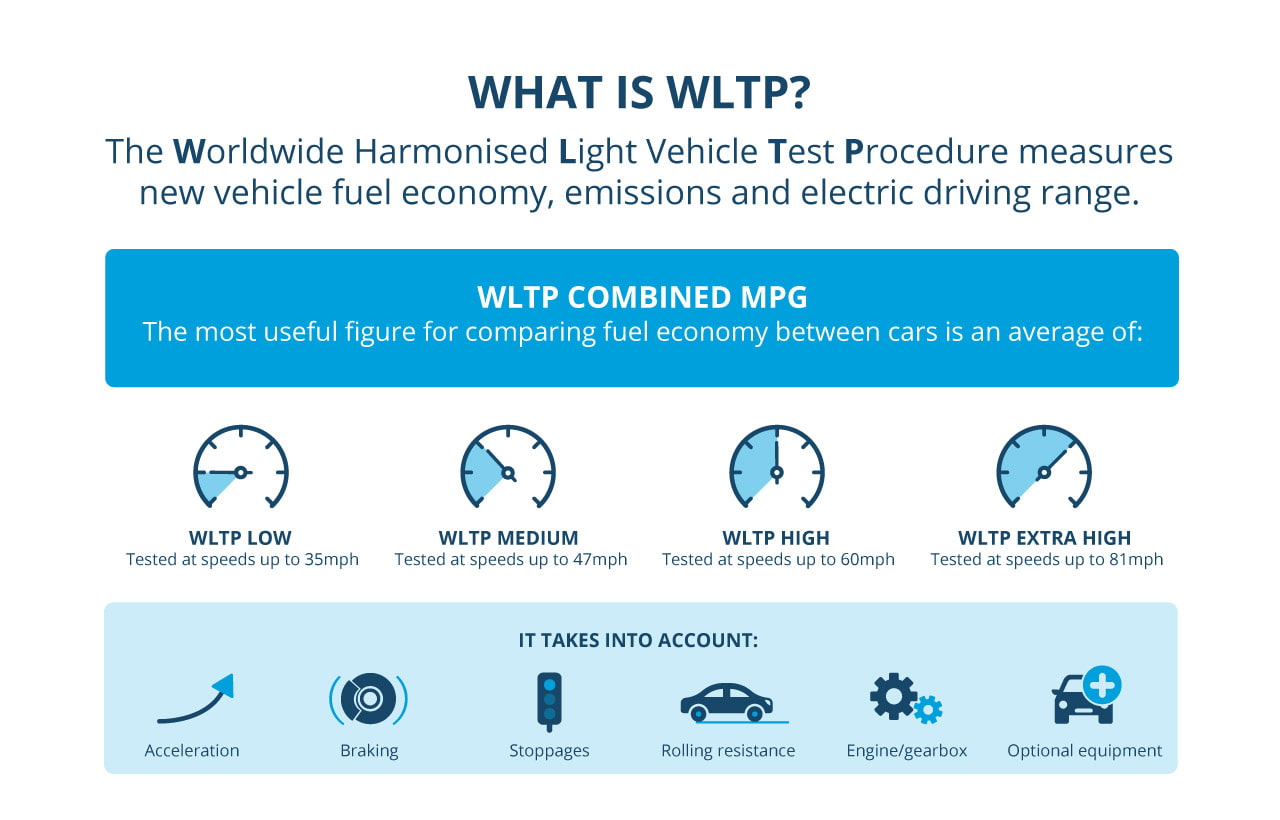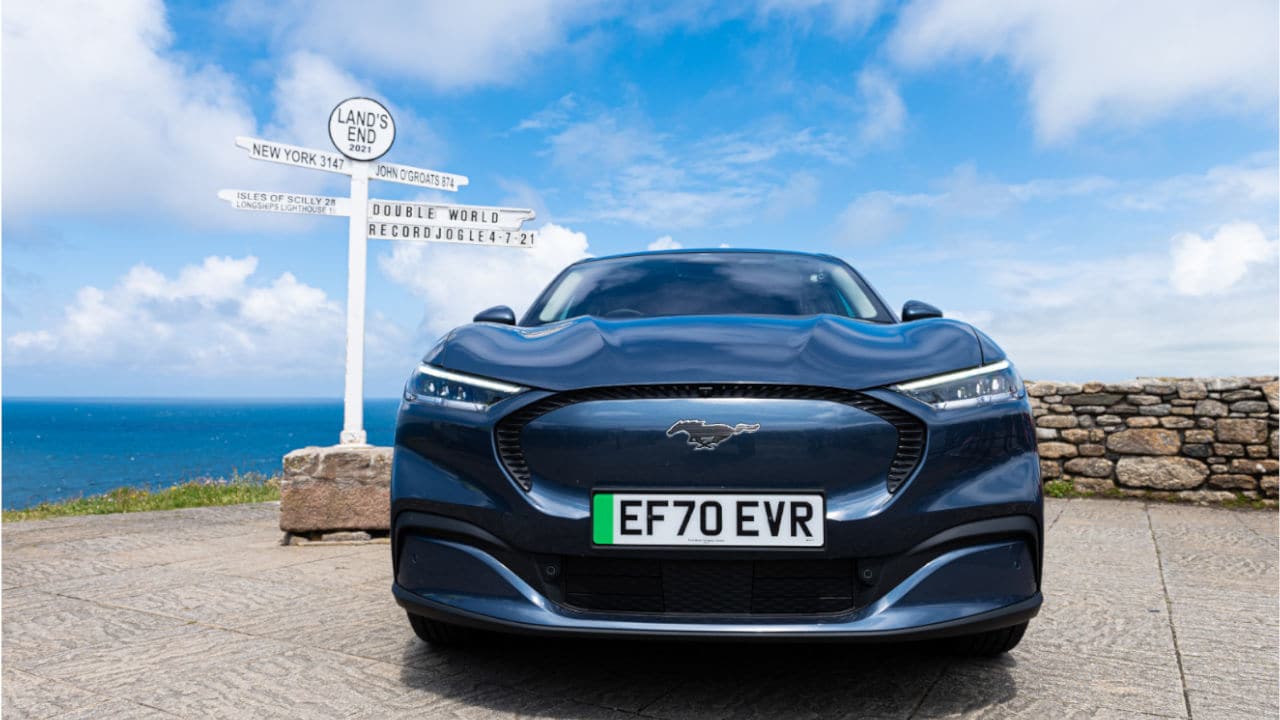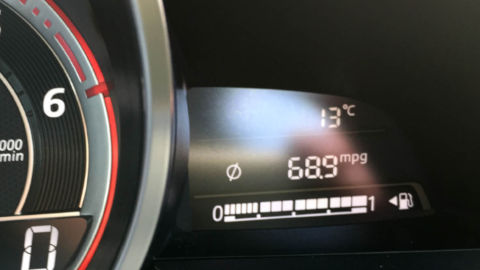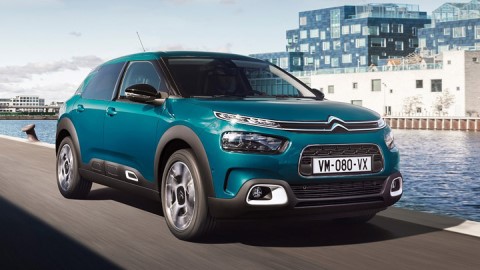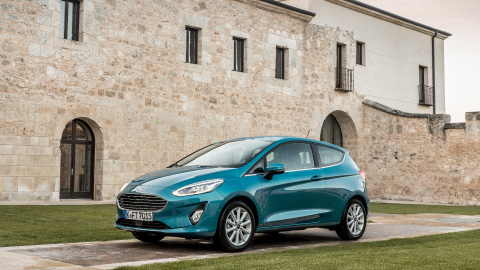What is WLTP and what does it mean? WLTP Explained
15th Jul 2021
By Nathan Dale
What does WLTP mean?
WLTP stands for Worldwide Harmonised Light Vehicle Test Procedure, and is the most recent testing process for measuring new car fuel economy, electric driving range and emissions.
It came into force in 2017 to replace the previous NEDC (New European Driving Cycle) test that had been around since the 1980s.
The main priority was to introduce a new method of testing vehicles that more closely matched how the cars would be used by consumers, resulting in more accurate and realistic fuel consumption and emissions figures.
How does it work?
The WLTP is a laboratory test that all new passenger cars must go through to determine their official fuel consumption and emissions data.
The test itself is designed to simulate an average car journey, and takes place on a chassis dynamometer, more commonly known as a 'rolling road'. The test journey includes phases for:
- Acceleration
- Braking
- When the vehicle is stationary
Other items taken to account are:
- Rolling resistance
- Air resistance
- Different engine and gearbox combinations
- Optional equipment
Generally, vehicle testers will examine the lightest and the heaviest variant of any given model, then apply a mathematical formula to determine the consumption figures for the rest of the range.
Every vehicle goes through an identical test cycle, so customers can easily compare vehicles of a similar type.
How to compare vehicle fuel economy and mpg figures
WLTP fuel consumption figures are measured in miles per gallon (the distance you can travel in miles per gallon of fuel used). The tests take place at four different speed ranges:
- Extra high: up to 81mph
- High: up to 60mph
- Medium: up to 47mph
- Low: up to 35mph
These speeds are then averaged out to give a 'WLTP Combined' figure. The easiest way of comparing the fuel economy between two or more vehicles is to look at the WLTP Combined figure. This is because it takes into accounts various different driving scenarios to give you a realistic estimate of the vehicle's fuel consumption in normal use.
Comparing fuel economy in more specific use cases
If you use the vehicle in a very specific way, it can be useful to look at the consumption figures for individual ranges.
For example, if you spend the majority of your time on the motorway at high speed, then the 'extra high' figure may be the most important to you. Conversely, if you do all your driving in urban environments at low speeds, the 'low' figure is likely to be the most relevant comparison.
Electric car WLTP range tests
Electric cars are put through the same tests as their petrol and diesel-powered counterparts, to work out the rate of electricity consumption and the total driving range, known as the 'WLTP Combined Range' figure.
A second rating, known as the 'City' range, is also produced. This is the number of miles you can expect to cover in urban driving, where speeds are lower and energy demands are less intensive.
The official WLTP range figures that result from this test are largely considered to be accurate, although some people suggest that you can expect to achieve around 10% less range on average than what the test results say.
Find the WLTP information for your next car
Using our new and used car vehicle search, you can easily find the WLTP fuel economy and emissions figures for any car you're considering buying.
Simply find the car you want in the search results, then select the 'Specification' tab (used cars) or the 'Tech Specs' tab (new cars). Here you'll find all of the car's important technical information, including WLTP fuel economy and emissions data. These figures are only available for cars that were originally launched from 2018 onwards, however.

